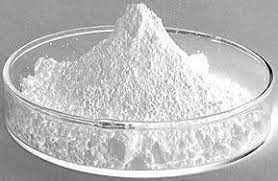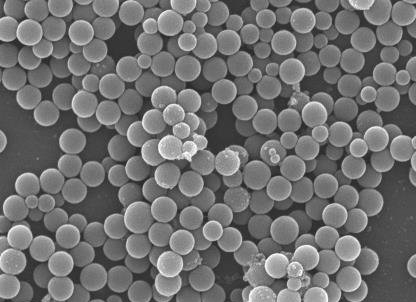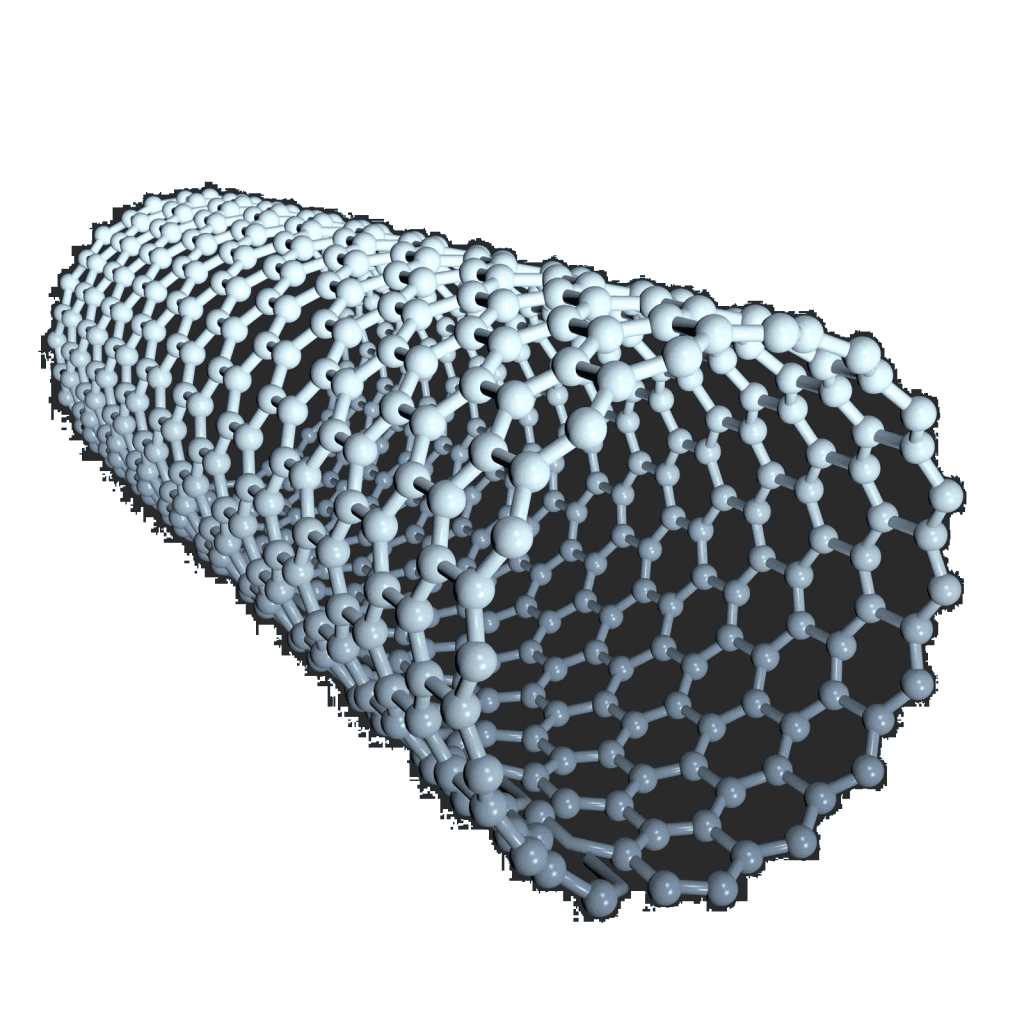Nanotechnology
Nanotechnology can be defined as:
the science and engineering of examining, monitoring, and modifying the behaviour and performance of materials at the nanoscale. It is the process of creating a material or device with building blocks at the atomic and molecular scale
The concept of nanotechnology is that if we understood the properties of materials at the molecular level and could control these properties, we can then change the bulk properties of the material.
Restructuring of matter on the order of nanometers (that is, less than 100 nm) can actually create materials with fundamentally new properties and functions.
What is Nanoscale?
We mentioned that nanoscale is the key scale for nanotech, but what is the range?
The nanoscale that is mentioned in the definition of nanotechnology means dimensions between 1 and 100 nanometres, noting that 1 nanometer (nm) = 10-9 meter.
The nanoscale is the size of atoms and molecules.
Unlike conventional technologies that alter and manipulate materials at the millimeter scale, nanotech does this on the nanoscale.
Nanomaterials
The materials that are developed using the nanotechnology are called “nanomaterials“.
Nanomaterials can be defined as materials possessing, at minimum, one external dimension measuring less than 100 nm. The definition given by the European Commission states that the particle size of at least half of the particles in the number size distribution must measure 100 nm or below.
Nanomaterials form the bulk of new innovations and technologies that have fundamentally changed the quality of civil engineering materials and products. Nanomaterials usually have fundamental properties, such as the ability to measure the surface using the nanoscale. It means that the external or internal dimensions of the surface structures can be determined using the nanoscale.
Nanotechnology in Civil Engineering
Construction has benefited greatly from the use of nanomaterials; and has continued to gain research and development interests mostly in the areas of concrete technology, because of its obvious advantages in boosting concrete’s performance and durability.
Nanomaterials in Concrete
There are many nanomaterials that research and practice have shown their tremendous effects on concrete properties. We list some of them below:
1- Nano silica
Nano silica is one of the most commonly used nanomaterials in concrete. It is manufactured from micro based silica (sometimes we call it the finer version of silica fume). Nanosilica significantly enhance the performance of concrete in terms of strength and durability due to the obtained very dense microstructure.


2- Nano clay
Nano clay is nanoparticles of layered mineral silicates. Nanoclays are divided into numerous groups, such as montmorillonite, bentonite, kaolinite, hectorite, and halloysite, depending on their chemical constitution and nanoparticle form. One of the most reasonably priced materials with promising outcomes in polymers is nano clay. Montmorillonite mineral deposits, which have an average thickness of 1 nm and a width of 70–150 nm, are what make up nanoclay. The special properties of montmorillonite clay make it an ideal starting point for nanotechnology manipulation because of its unusual structural makeup. These characteristics include stability, interlayer space, a high capacity for hydration and swelling, and a high level of chemical reactivity.
3- Nano alumina
Nano alumina is a product of alumina itself. Studies showed that addition of nano alumina accelerates the initial setting of concrete. Therefore, it reduces segregation and flocculation in concretes.
4- Nano kaolin
Nano kaolin is a by-product of kaolin. Kaolin (it is also known as kaolinite) is a clay mineral, part of the industrial minerals, with the chemical composition Al2Si2O5(OH)4.
5- Carbon Nanotubes
A carbon nanotube (CNT) is a tube made of carbon with diameters typically measured in nanometers. Adding small amount of carbon nanotubes to concrete would significantly increase both compressive and flexural strengths.

Nanotechnology Applications in Steel
Of course, steel is a major construction material that can exist in multiple forms such as bars, I-beams, channels, etc. Nanotech can be used to develop nanostructured steel to increase strength.
It is possible to develop new, low carbon, high performance steel, with very good properties such as higher corrosion-resistance and weldability through the addition of nano copper.
Nanotechnology Applications in Coating
Surface treatment of concrete is an economical and effective method to improve the quality of surface layer and protect the concrete structure. Coating is a type of surface treatments that adds an external layer of coating on the concrete surface that can protect concrete to external detrimental substances.
Nanomaterials (such as nanoclay) have been recently implemented into the polymers that make up the coating to develop what is called as “nanocomposites”. Nanocomposites showed significant improvement in the performance of coating compared to same coatings made without nanomaterials.
Nanosensors
To monitor and/or manage the environment’s state and the performance of the materials and structures, nano sensors have been invented and brought to use in the construction industry.
One advantage of these sensors is their significantly small dimensions (10 -9m to 10-5m).
These sensors might be incorporated into the structure while it is being built.
A low-cost, multi-functional piezoceramic device called Smart Aggregate has been used to monitor early age concrete parameters like moisture, temperature, relative humidity, and early age strength development.
The sensors can also be applied to monitor steel corrosion and concrete cracking.
Monitoring the health of a structure may also be done using the smart aggregate.
Nano sensors can monitor internal stresses and cracks during the service life of structures.
They have the ability to give an early warning of the structure’s health before a failure of the structure may happen.
Read Also:
